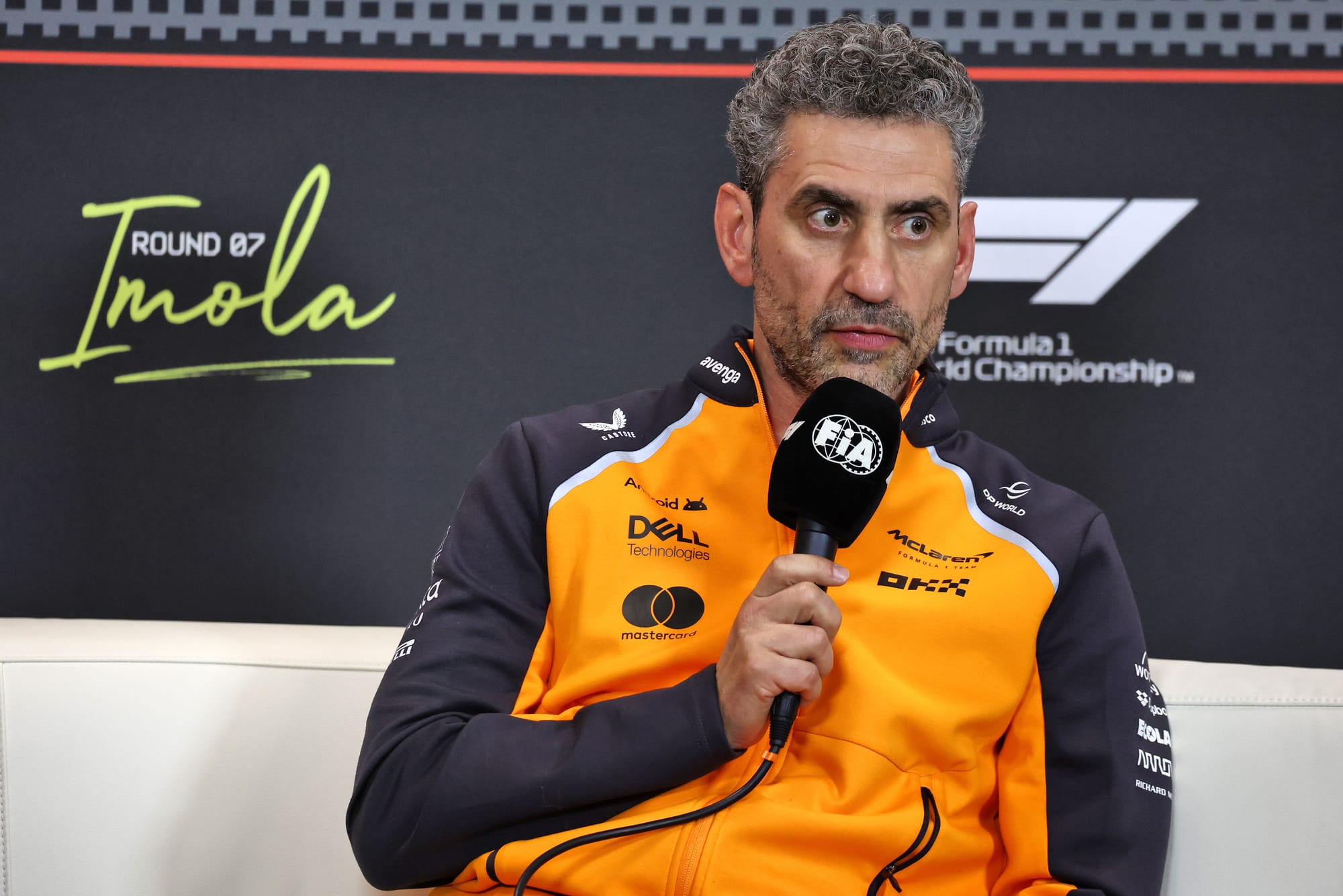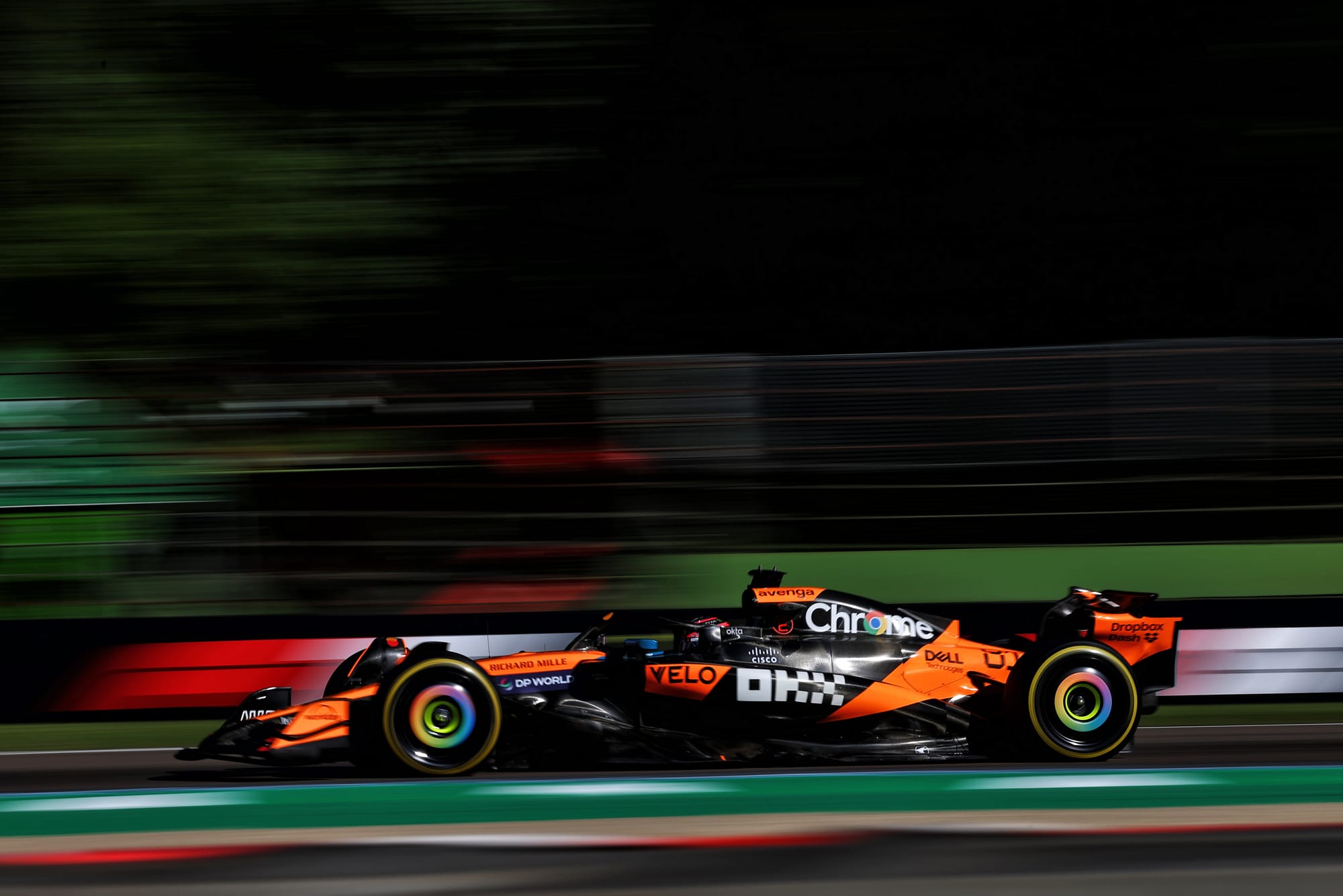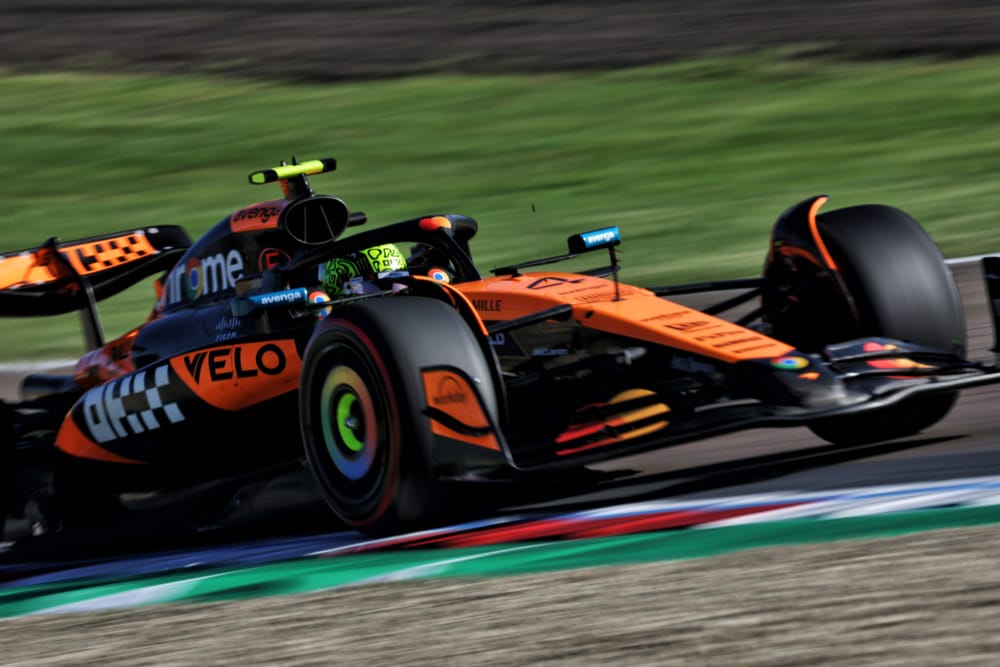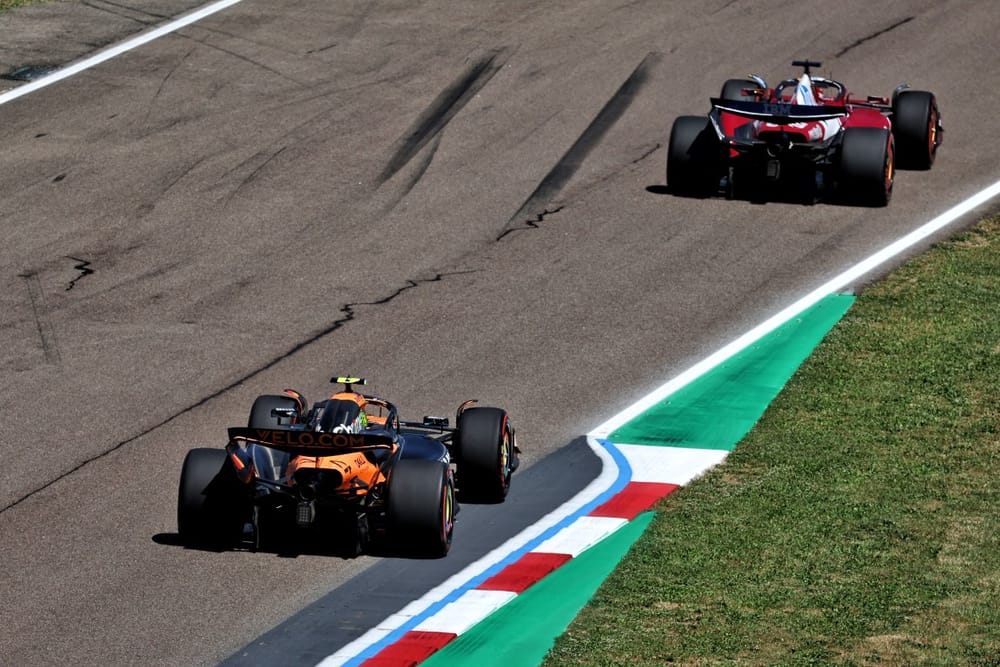McLaren boss Andrea Stella says rivals are looking at the wrong things when it comes to their suspicions about why his team is so successful in Formula 1 this year.
Off the back of its early-season dominance, there has been intrigue about the way in which McLaren’s MCL39 is so much better able to look after its rear tyres than anyone else.
This fuelled theories, triggered in part by thermal images that Red Bull had obtained of McLaren’s rear wheels from pitstops at the Japanese Grand Prix, about it using some special tricks to help cool its brakes.
However, following repeated looks at McLaren’s wheel assemblies and brake system by the FIA, which included a detailed inspection post-race at the Miami Grand Prix, its design has been deemed totally legal.
The FIA verdict has drawn a line under the latest technical flare-up, which over the past 12 months has included accusations about it using water in its tyres, unease about its use of flexi wings and controversy over mini-DRS.

Reflecting on the latest scrutiny his team has faced from rival teams, Stella has said that the repeated accusations thrown at his squad are ultimately a positive because it shows the opposition is distracted and has not understood just why the current McLaren car is so good.
“For us, it’s good news when our rivals get their focus – rather than on themselves – onto some of the aspects that allegedly are present in our car, and that effectively are not even present,” said Stella ahead of the Emilia Romagna Grand Prix.
“And certainly, even if they were – let’s say, flexi-wings like a front wing deflection, like everyone else – it has nothing to do with the reason why McLaren is very competitive.
“So, I hope that in the future there will be more of these kinds of sagas because it means that our rivals keep focusing on the wrong things. And this is, for us, just good news. It’s just helping our quest.”
While the recent focus on McLaren has been on the role that its brake system is playing in helping keep rear tyre temperatures under control, the likelihood is that there are many elements that are contributing to this advantage.
This almost certainly includes its downforce levels, its suspension kinematics and mechanical platform, plus perhaps even the level of energy retardation it opts to use when slowing the car down to help minimise the efforts the brakes have to make.

Asked by The Race about whether its advantage was down to many elements rather than a single magic bullet solution, Stella said: “I would like to give the wrong answer here so that I put all our rivals down the wrong route.
“But the only thing I can say is that for me, over the years in Formula 1, I’ve learned that you have to focus on yourself and focus on the fundamentals.
“I think when you get too distracted by what the others are doing, it's normally an alarm bell that you ring in your factory and should remind you to go back to the basics.
“I’m afraid I’ve given the right answer, so I’ve helped now my competitors. But you know, I’m intellectually honest, so I can’t really give the wrong answer tactically.”




